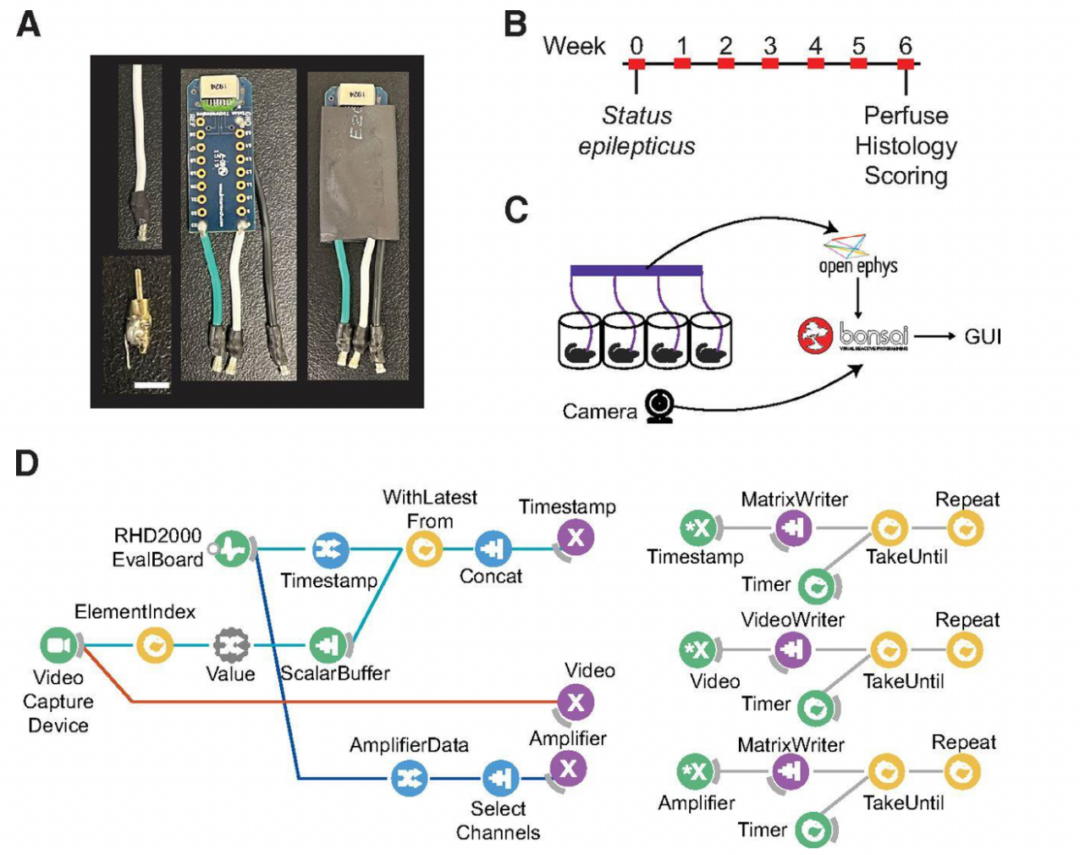John Stowers and colleagues from the Straw Lab at the University of Frieburg have developed and shared FreemoVR, a virtual reality set-up for unrestrained animals. Virtual reality (VR) systems can help to mimic nature in behavioral paradigms, which help us to understand behavior and brain function. Typical VR systems require that animals are movement restricted, which limits natural responses. The FreemoVR system was developed to address these issues and allows for virtual reality to be integrated with freely moving behavior. This system can be used with a number of different species including mice, zebrafish, and Drosophila. FreemoVR has been validated to investigate several behavior in tests of height-aversion, social interaction, and visuomotor responses in unrestrained animals. This research tool was created by your colleagues. Please acknowledge the Principal Investigator, cite the article in which the tool was described, and include an RRID in the Materials and Methods of your future publications. Project portal RRID:SCR_021551; Software RRID:SCR_021601 Check out projects similar to this!FreemoVR

Have questions? Send us an email!













